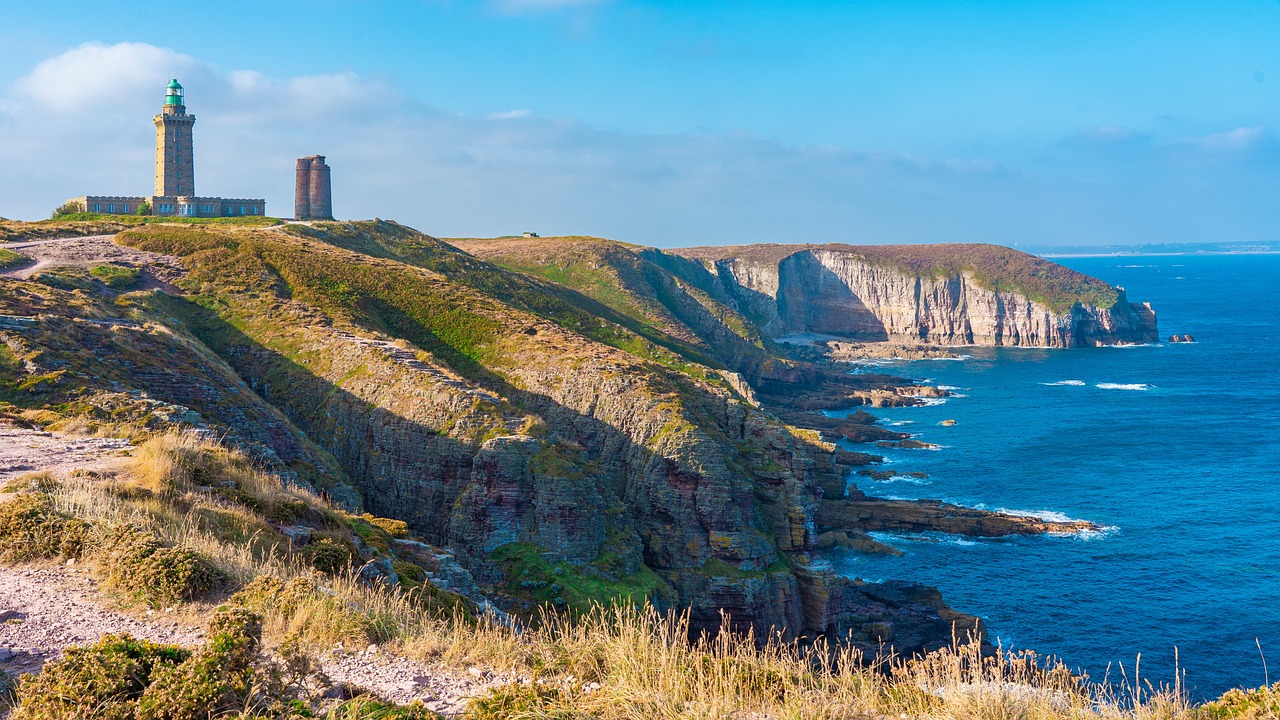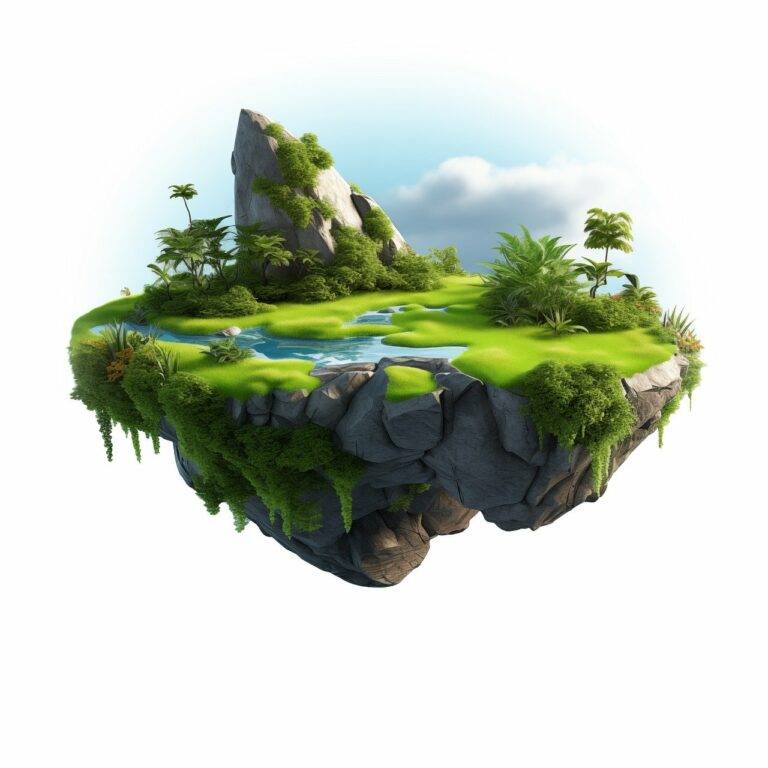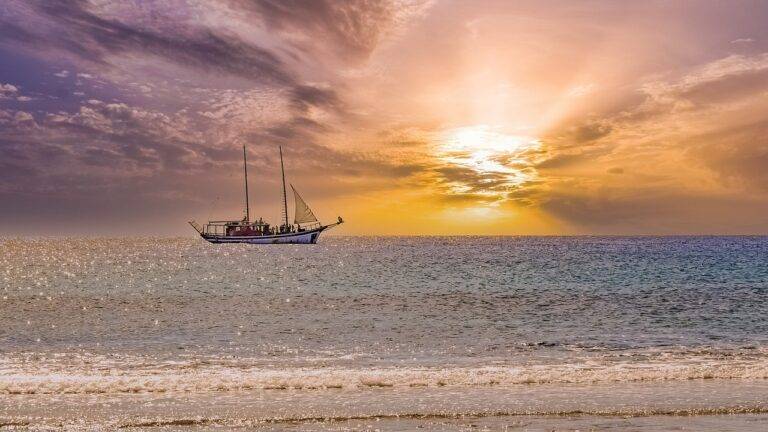Exploring the Beauty of Bioluminescent Tourism: Glowing Waters and Magical Nights
Bioluminescent organisms, such as glowing algae and jellyfish, have captivated and mystified scientists and nature enthusiasts for centuries. Emitting a soft, ethereal light that seems to defy the darkness of the ocean depths, these enchanting creatures create a magical and otherworldly underwater spectacle. Their bioluminescence is both a survival mechanism and a means of communication, showcasing the incredible diversity and ingenuity of life in the oceans.
The mesmerizing glow of bioluminescent organisms serves as a reminder of the mysterious and awe-inspiring beauty of the natural world. Whether witnessing a shimmering trail left by a glowing dinoflagellate in the water or observing the pulsating light of a bioluminescent jellyfish, encountering these radiant creatures is a truly enchanting experience. The enchantment of bioluminescent organisms lies not only in their stunning luminosity but also in the profound sense of wonder and connection they inspire in those fortunate enough to witness their brilliance.
Where to Find Bioluminescent Waters
One of the most popular destinations to experience the awe-inspiring beauty of bioluminescent waters is in the biobays of Puerto Rico. Mosquito Bay in Vieques and Laguna Grande in Fajardo are two of the brightest bioluminescent bays in the world, where visitors can witness the magical display of glowing microorganisms in the water.
In addition to Puerto Rico, bioluminescent waters can also be found in other parts of the world, including Jamaica, Vietnam, and Australia. The Luminous Lagoon in Jamaica is a must-visit spot for those seeking the enchanting glow of bioluminescent plankton, creating a surreal experience as the water lights up with every movement. Vietnam’s Ha Long Bay and Australia’s Jervis Bay are also renowned for their bioluminescent displays, offering visitors a chance to witness nature’s fluorescent light show in the water.
• Puerto Rico’s biobays, such as Mosquito Bay in Vieques and Laguna Grande in Fajardo
• Jamaica’s Luminous Lagoon for a magical experience with bioluminescent plankton
• Vietnam’s Ha Long Bay known for its stunning bioluminescent displays
• Australia’s Jervis Bay offering visitors a chance to witness nature’s fluorescent light show
Experiencing Bioluminescent Kayaking Tours
As the sun sets and darkness falls upon the horizon, the waters come alive with a magical glow unlike anything you’ve ever seen. Paddling quietly through the bioluminescent waters, you’ll be surrounded by tiny organisms emitting a ethereal blue-green light, creating a mesmerizing scene that seems straight out of a fairy tale.
The stillness of the night is punctuated by the gentle sound of your paddle slicing through the water, creating ripples that illuminate the bioluminescent organisms below. Each stroke of the paddle leaves a trail of shimmering light in its wake, transforming your kayaking adventure into an otherworldly experience that will stay with you for a lifetime.
What makes bioluminescent organisms glow?
Bioluminescent organisms produce light through a chemical reaction that involves luciferin, a light-emitting molecule, and an enzyme called luciferase.
Where can I find bioluminescent waters for kayaking tours?
Some popular destinations for bioluminescent kayaking tours include Mosquito Bay in Vieques, Puerto Rico, and Merritt Island National Wildlife Refuge in Florida.
Is bioluminescent kayaking safe?
Bioluminescent kayaking tours are generally considered safe as long as participants follow the guidelines provided by the tour operators. It is important to wear a life jacket and follow the instructions of the tour guides.
What time of year is best for bioluminescent kayaking tours?
The best time to experience bioluminescent kayaking tours can vary depending on the location. In general, bioluminescent displays are more visible during warmer months when the organisms are more active.
Can I take photos during a bioluminescent kayaking tour?
It can be challenging to capture bioluminescence on camera due to the low light conditions, but some tour operators may provide tips on how to take photos of the glowing organisms. It is recommended to use a camera with low light capabilities for the best results.





